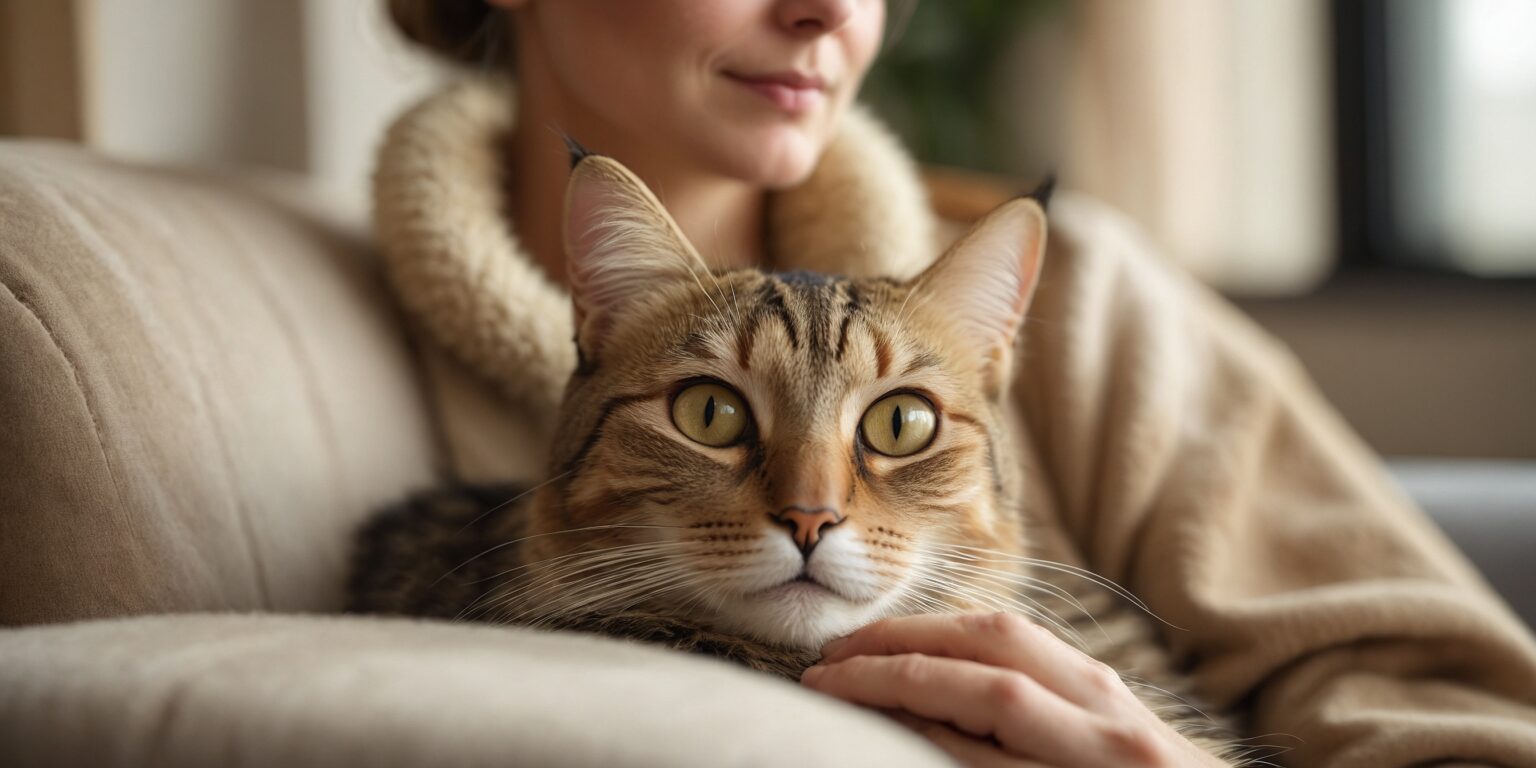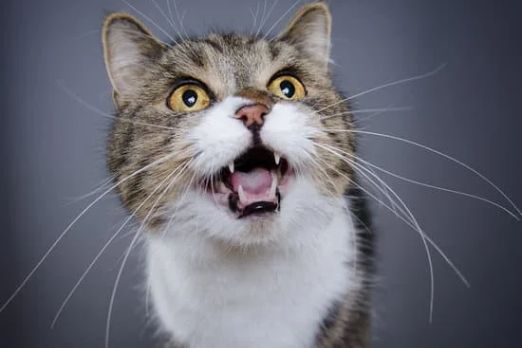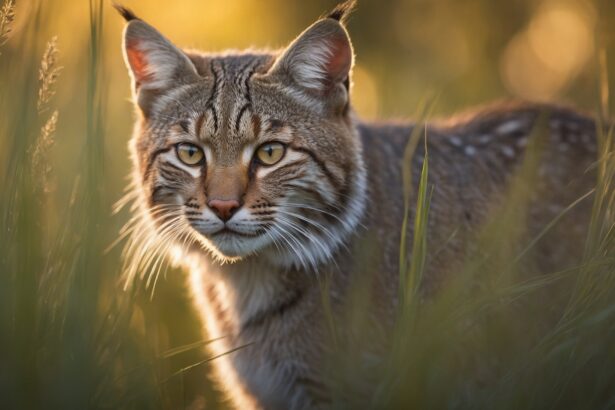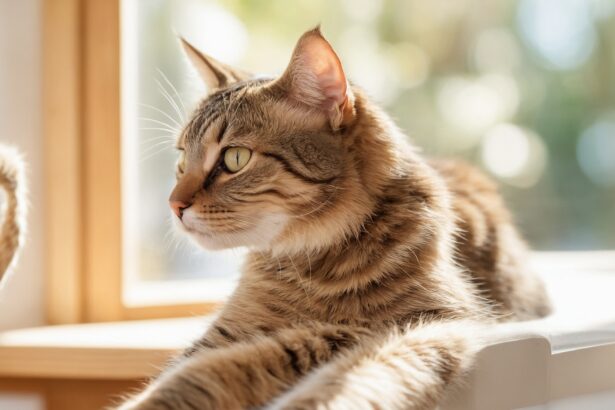Every cat is wonderfully one-of-a-kind. Sometimes, though, a kitty’s looks or behavior can make people wonder: does my cat have Down syndrome? Short answer: no—but some cats do have conditions that can look a bit similar. Here’s how to understand what’s really going on and how to support a special-needs feline with kindness and confidence.
Do cats really get Down syndrome?
Down syndrome is a human condition caused by trisomy 21. Cats don’t have a chromosome 21 like ours—they have 19 pairs—so they can’t develop human Down syndrome. What you may see online as “Down syndrome cats” usually refers to other genetic or developmental issues.
Some cats are born with chromosomal differences or congenital conditions that affect their facial features, coordination, or learning. That’s why you might notice wide-set eyes, a broad nasal bridge, small stature, or a wobbly gait without it being Down syndrome.
Curious about where cats come from and how their genes evolved? Explore more about cat genetics and origins.
Conditions that can look similar
- Klinefelter syndrome (XXY): Seen in rare male tortoiseshell or calico cats. These males are typically sterile and may need tailored care guided by a vet.
- Cerebellar hypoplasia: A congenital condition that causes a “wobbly cat” gait (ataxia). Cats can live full, happy lives with a stable, safe setup.
- Hydrocephalus: Increased cerebrospinal fluid in the brain can lead to a dome-shaped head, vision issues, or learning differences.
- Other congenital traits or early-life issues: Facial asymmetries, mild neurological differences, or developmental delays can also shape how a cat looks and learns.
How to recognize a special-needs cat
Signs can include wide-set eyes, rounded ears, a shorter nose, delayed grooming habits, clumsiness, or difficulty learning new routines. Some cats tire more easily or prefer quieter play.
What matters most? Comfort and safety. Your goal is to reduce frustration, keep the home predictable, and build confidence with gentle socialization and short, positive sessions.
If you spot sudden behavior changes or persistent discomfort, scan this guide to common cat health problems and call your vet promptly.
When to see the vet
- Frequent stumbling that worsens, head tilt, or difficulty eating or drinking.
- Unexplained weight loss, lethargy, or changes in litter box habits.
- Seizures, vision concerns, or repeated infections.
Daily life and care
Think “cozy, stable, and safe.” Use non-slip mats on smooth floors, add ramps to favorite spots, and choose low, sturdy perches. Keep routines consistent and introduce changes gradually.
Short training with treats (one-minute sessions) can teach easy cues like “come” or “touch.” Gentle play—feather wand at ground level, soft balls—builds confidence without risky jumps.

Practical tips
- Original tip: Create a “cat handrail” across your home using low ottomans or storage cubes lined with yoga mats. Place them like stepping stones between bed, sofa, and window perch. It reduces slips and encourages safe exploration.
- Choose a roomy, low-entry litter box and keep it in a quiet, well-lit spot. Not sure which substrate to pick? Here’s how to choose the right litter for comfort and cleanliness.
- Use vertical scents and gentle cat-safe sprays on ramps and perches to “mark” safe routes.
Common mistakes to avoid
- Don’t assume clumsiness = stubbornness. Punishing or rushing a cat who learns differently can increase stress. Keep sessions short, use soft praise, and reward tiny wins.
- Skipping routine vet visits. Special-needs cats benefit from regular checkups to monitor weight, teeth, joints, and vision.
- Over-challenging agility. High, wobbly trees look cute on Instagram but can shake confidence. Prioritize stability and low heights.
Nutrition and enrichment
Opt for balanced, high-quality food and make hydration easy with water bowls in multiple rooms or a fountain. Slow feeders and simple puzzle toys add mental stimulation without overwhelming your cat.
Small, frequent meals suit cats who tire easily. If appetite dips or picky phases persist, discuss options with your vet. For meal planning that truly works, see our guide to feeding your cat.
- Rotate two or three easy puzzle toys weekly to keep interest fresh.
- Use soft grooming mitts for brief, calming grooming sessions.
Surprising fact: Almost all male tortoiseshell or calico cats are rare XXY (Klinefelter) males—and most are sterile. Genetics can be quirky and fascinating!
Support and community
You’re not alone. Talk to your veterinarian about tailored care, from home adjustments to enrichment ideas. Keep a simple journal of changes in energy, appetite, litter habits, or coordination—it’s incredibly helpful at checkups.
Need a bigger picture on symptoms and solutions? Browse practical tips for common cat health problems and note questions for your next visit.
FAQ
Can cats have Down syndrome?
No. Down syndrome is a human condition (trisomy 21). Cats can’t develop it, but some have genetic or developmental differences that may look similar.
Is a “Down syndrome-like” cat in pain?
Not necessarily. Many live comfortably with the right setup. Pain signs include hiding, reduced grooming, and appetite loss—see your vet if any appear.
How long do special-needs cats live?
With good vet care, a safe home, and balanced nutrition, many enjoy lifespans comparable to other cats.
What tests might my vet run?
Physical and neurological exams, bloodwork, imaging (X-ray/ultrasound), and sometimes genetic testing to clarify underlying conditions and tailor care.








